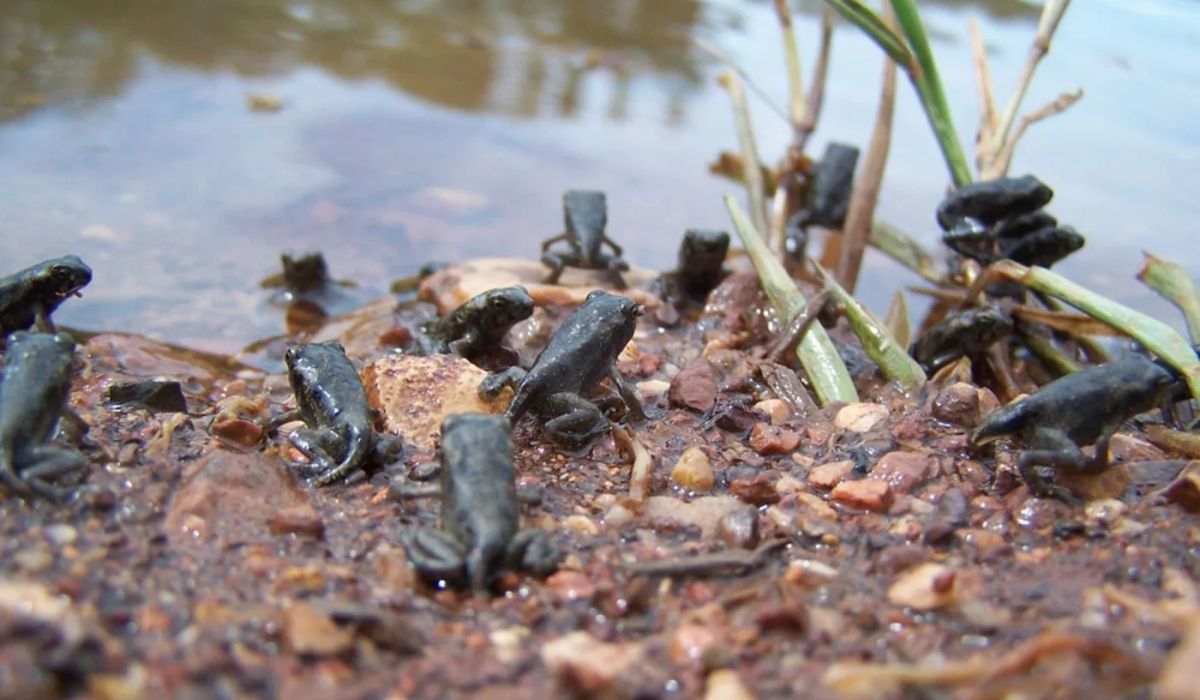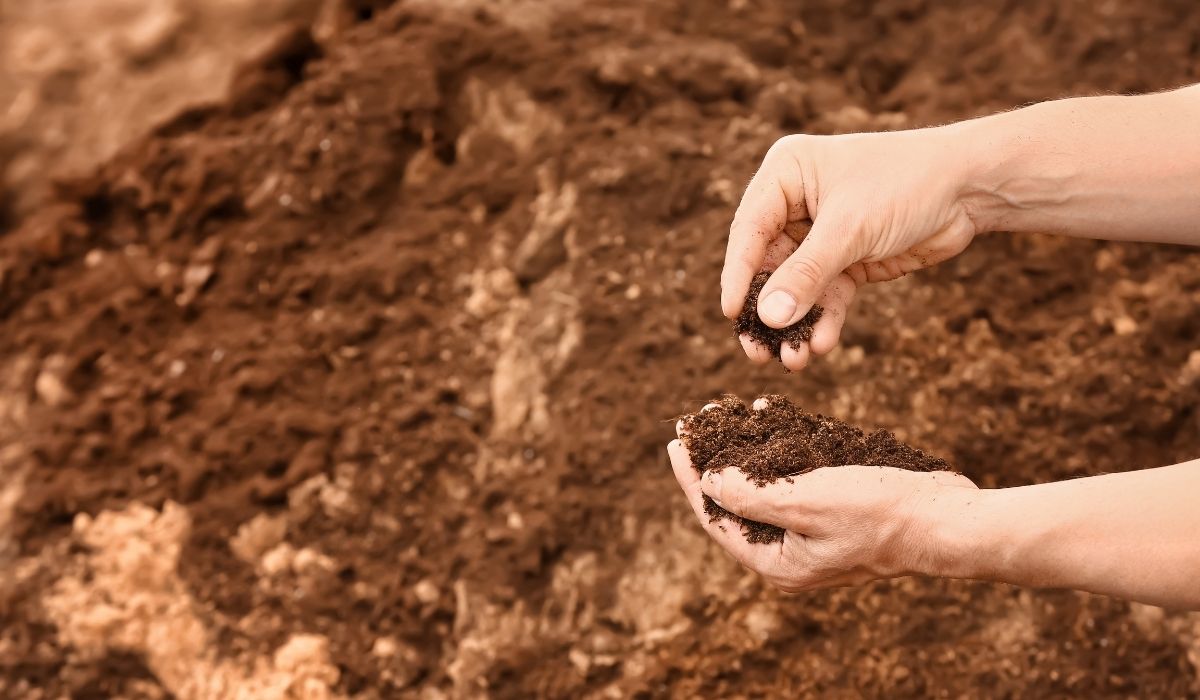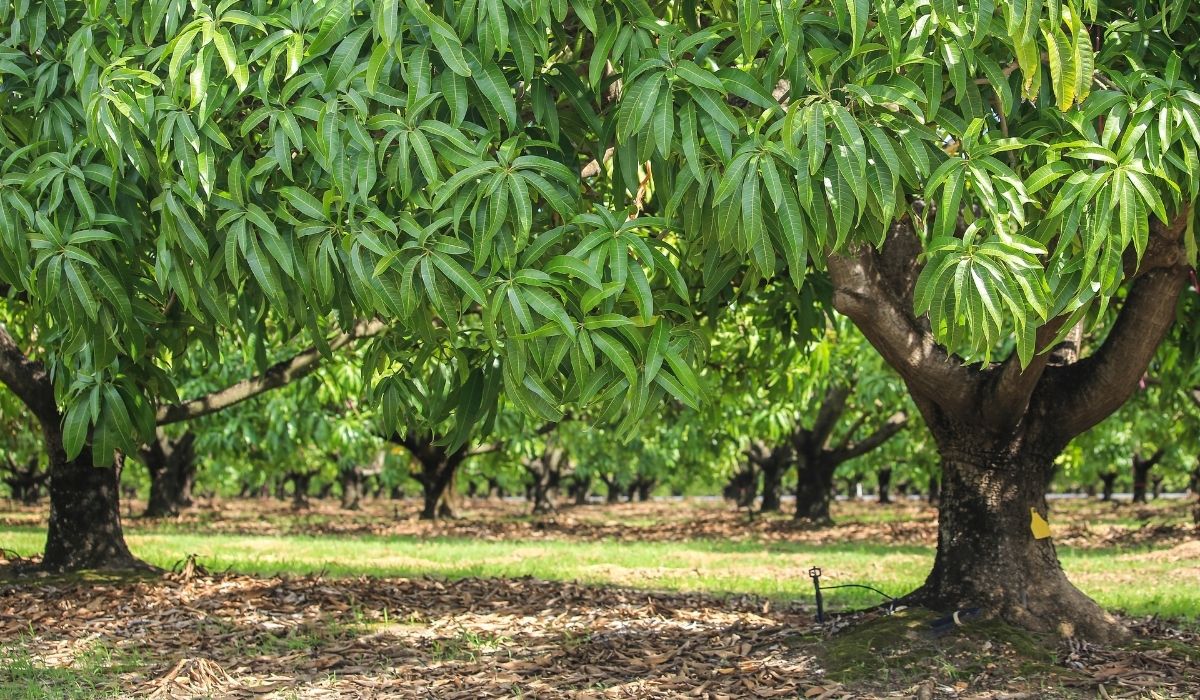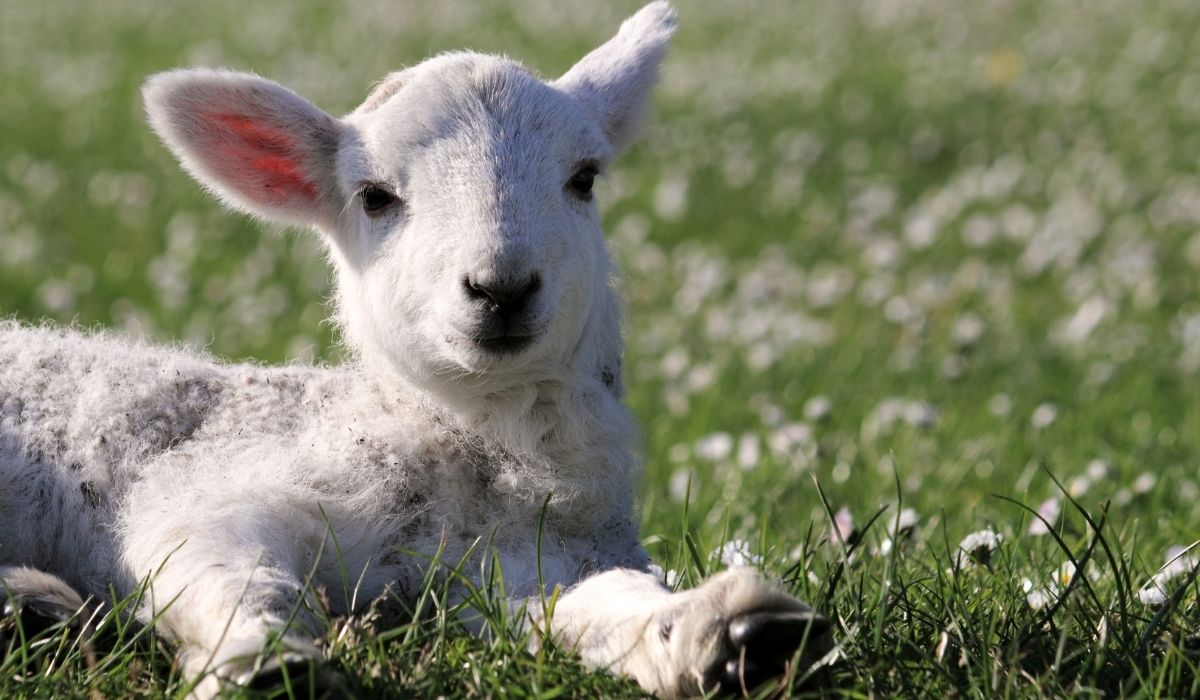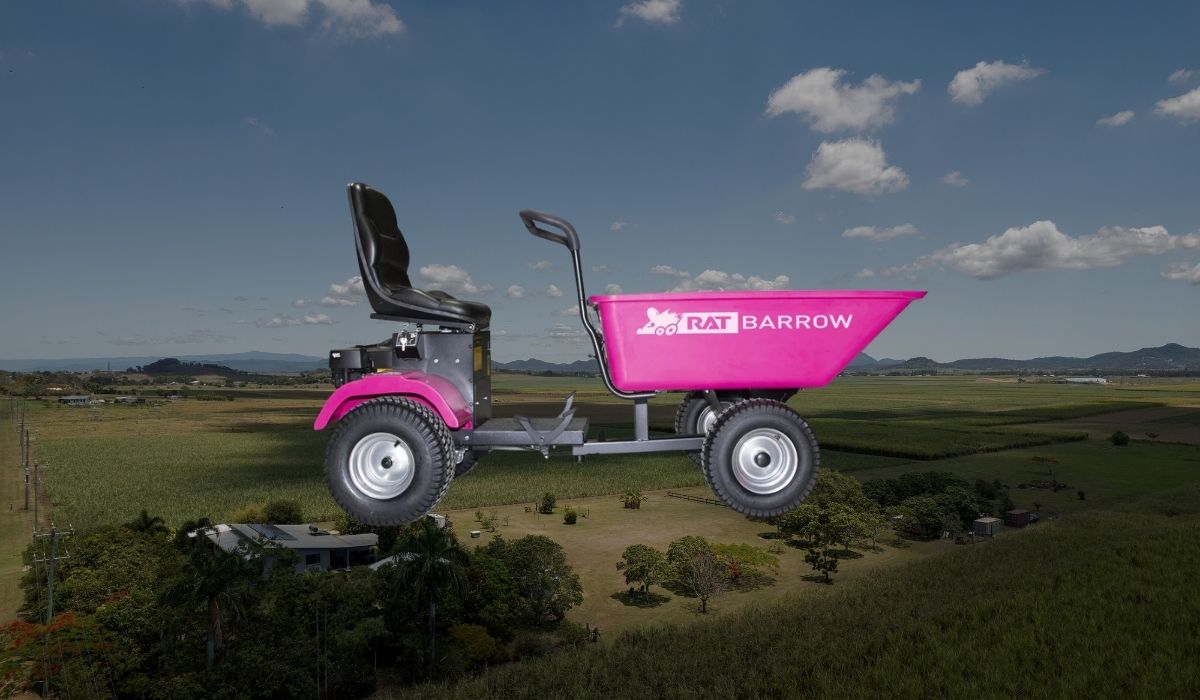We know cane toads are one of the most destructive pests on Australian properties. They’re poisonous at every stage of their life cycle, posing a huge threat to your working dogs, pets, and native wildlife.
However, a big part of effective pest defence is correct identification. Many of our valuable native frogs - like the Giant Burrowing Frog are often mistaken for toads and killed unnecessarily. This is a tough job, but getting the identification right is crucial for conservation.
Here is a simple, practical guide on how to tell the difference between a Cane Toad and a native frog on your property.
The Four Keys to Identification
The quickest way to identify a cane toad is not by its size or colour, but by four specific physical traits that native frogs do not possess.
1. The Head: Look for the poison glands (The Parotoid Glands) 🐸
This is the absolute most reliable method. Cane toads have two large, prominent lumps behind their eardrums. These are the parotoid glands, which secrete a toxic, milky-white poison when the toad is threatened.
Toad: Distinct, massive lumps (poison sacs).
Native Frog: Smooth skin behind the eyes, no obvious glands.
2. The Skin Texture
Cane toads are built for rougher, drier conditions, so their skin reflects this.
Toad: Skin is thick, dry, and covered in warts and ridges.
Native Frog: Skin is generally smooth, moist, and soft to the touch (essential for breathing).
3. The Movement
If you disturb one, watch how it moves. Frogs are agile jumpers, toads are not.
Toad: They can’t hop. They move with a unique short, quick walk or run.
Native Frog: They move by leaping or hopping.
4. The Eggs: The water test 💧
This is the most critical difference for water management on the farm:
Toad Eggs: Laid in long, distinctive gelatinous strings (like a string of black pearls) that usually tangle around aquatic plants.
Native Frog Eggs: Laid in clumps, foam masses, or large rafts.
The Tadpole Tactic: Controlling the problem at the source
If you find toad tadpoles in your dam or trough, you have an opportunity to remove thousands of pests safely.
Thanks to conservation research, there is a proven method that uses a unique pheromone released from the toad eggs (often called 'toad taint') to specifically lure toad tadpoles into a trap. This method is highly selective and removes the pest before they leave the water, without harming native species.
You can get the scientifically proven Cane Toad Tadpole Trap & Lure Package right here at Austral Ag. It's the smart, targeted way to protect your ecosystem and property.
🛒 Shop the Trap & Lure Package: https://australag.au/products/cane-toad-tadpole-trap-lure-package
Action Summary
Identify Correctly: Always check for the poison glands and warty skin.
Trap Safely: If you find toad tadpoles, use the scientifically backed lure system to remove them without harming native frog species.
Stay Prepared: Have your pest management gear ready, especially during peak seasons.
📞 Call us on (07) 4588 6789
📍 Shop online or visit us in-store

